Fixing Friction at Work: How to Use Obstacles to Your Advantage for Great Outcomes with Professor Huggy Rao
Most workplaces are clogged with destructive friction—the convoluted, time-consuming, and soul-crushing activities that drive people crazy and undermine organizational performance.
Countless employees, executives, and customers bemoan hours lost to mazes of red tape, “efficiency tools” that are anything but, and managers who pile on needless complexity. All of which make it far too difficult to get necessary things done at work, leading to disengagement, frustration and burnout.
At the same time, striving toward a “frictionless organization” is a misguided goal: too many leaders also make the wrong things too easy to do. Half-baked ideas and technologies that attempt to dampen friction often make things even worse, eating away at our energy, creativity, and productivity.
So how can we create the right kinds of friction – and eradicate the wrong kinds? In the latest episode of We Are Human Leaders, we explore just this with Athol McBean Professor at the Stanford Graduate School of Business and co-author of the incredible new book The Friction Project, How Smart Leaders Make the Right Things Easier and the Wrong Things Harder, Professor Huggy Rao.
In this rich and warm conversation, Huggy unpacks:
What friction at work looks like
What ‘good friction’ means
How ‘bad friction’ impacts organizations and cultures
Numerous examples of how leaders can harness friction for amazing outcomes
Personal insights on the meaning of great leadership
Understanding friction at work
As Huggy frames it,
“The simplest definition of friction is it's an obstacle. And obstacles are double-edged swords. Some obstacles make it very hard for employees to choose a more curious and generous version of themselves.”
“By the same token, good friction consists of obstacles that prevents people from embracing an overconfident myopic or for that matter an ambivalent version of oneself. So, the point is not to eliminate obstacles, it's to figure out which kind of obstacle to take out and where to put an obstacle.”
Put on your Editor-in-Chief hat
To put this in context, Huggy suggests thinking of the leader as becoming a kind of Editor in Chief.
“What do great editors in chief do? They prune away things that frustrate, distract, bore, annoy, and infuriate readers. At the same time, they kind of make sure they create suspense.” It’s this balance of ensuring the right kind of friction while removing the wrong, that creates a great place to work – and amazing business outcomes.
Huggy also warns of the dangers of scarcity of time as a workplace resource. In his words,
“When you have time poverty, good people immediately begin to do bad things.”
Huggy Rao is the Atholl McBean professor of Organizational Behavior at the Stanford Graduate School of Business and a fellow of the Center for Advanced Study in Behavioral Science, the Sociological Research Association, and the Academy of Management. He has written for Harvard Business Review, Business Week, and the Wall Street Journal. He is the author of Market Rebels and coauthor of the bestselling Scaling Up Excellence.
Listen to the full conversation with Huggy Rao now live on the podcast here.

